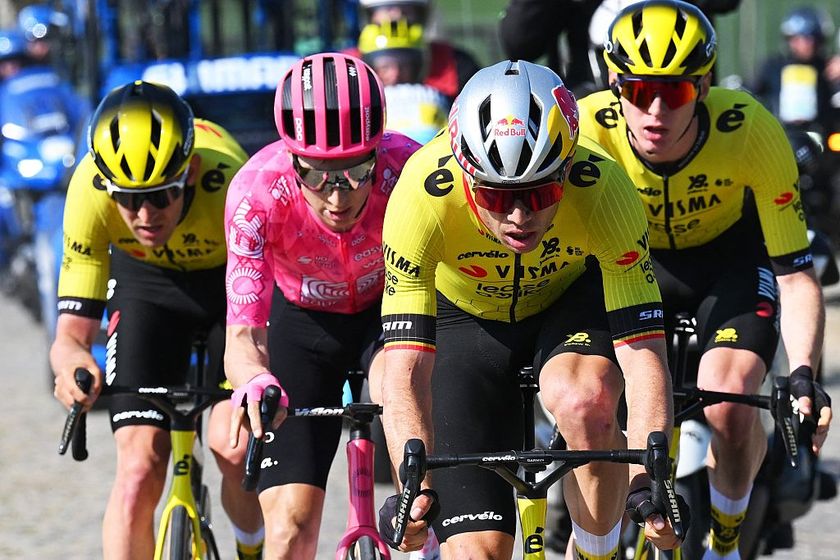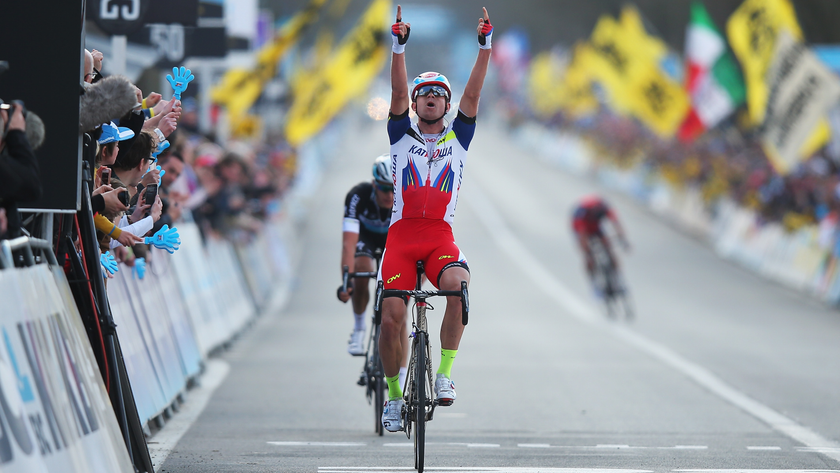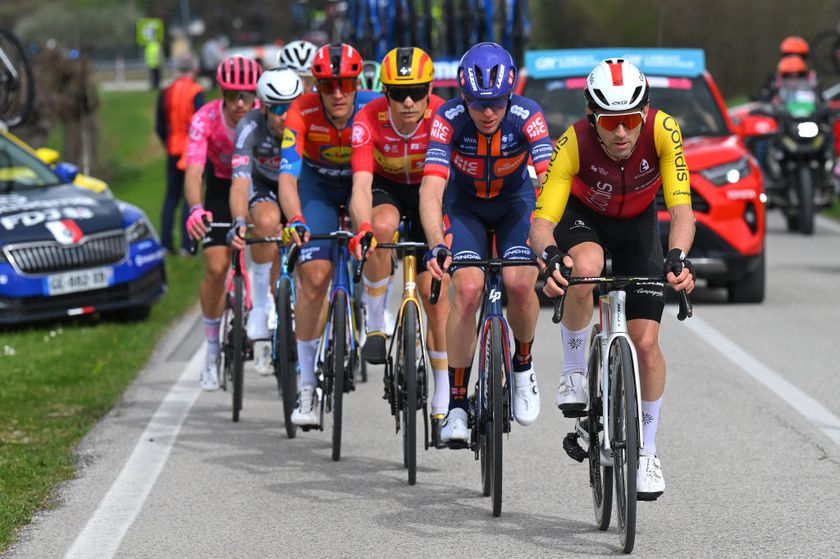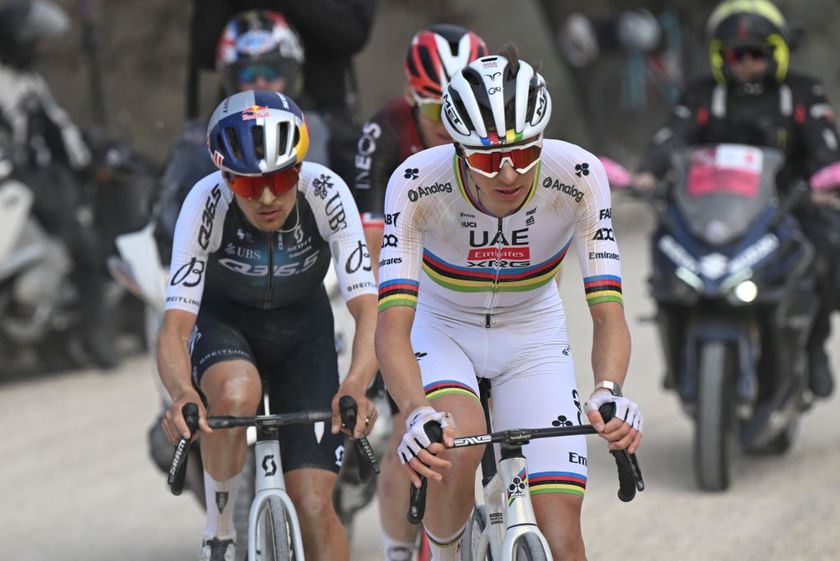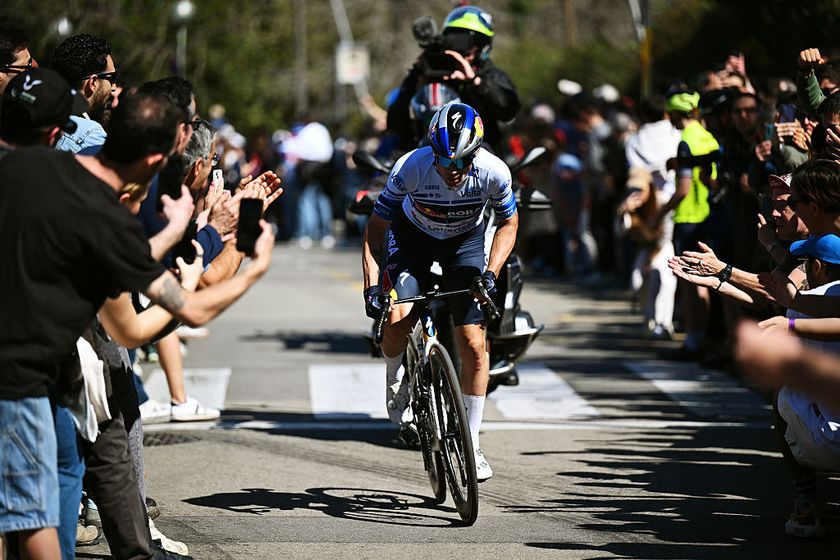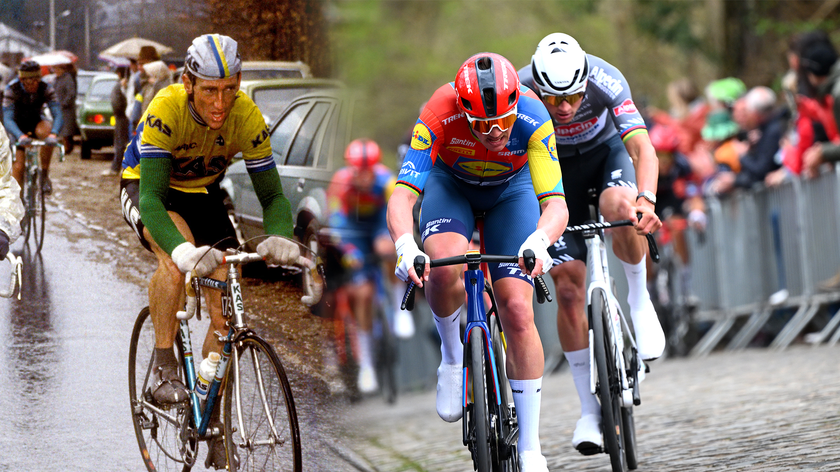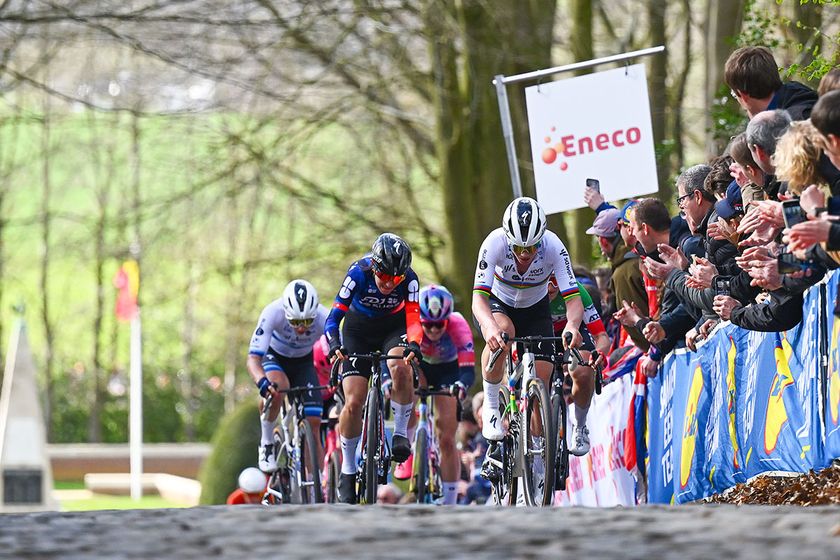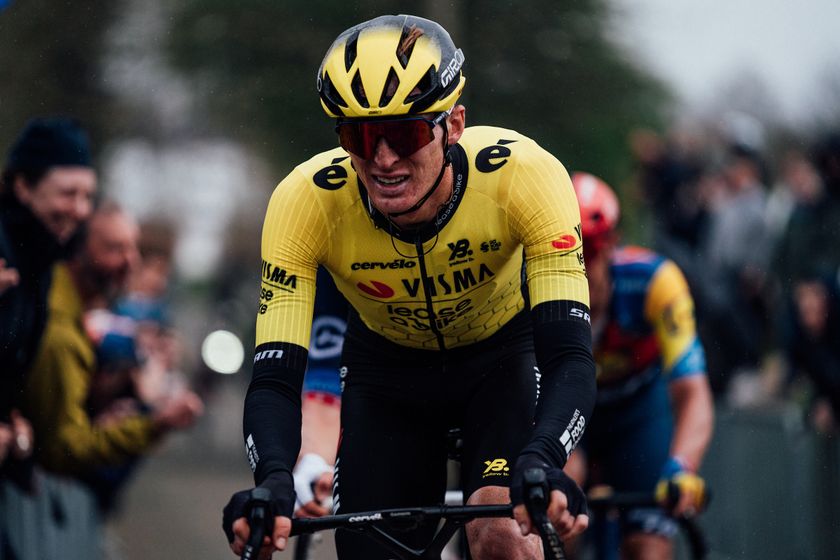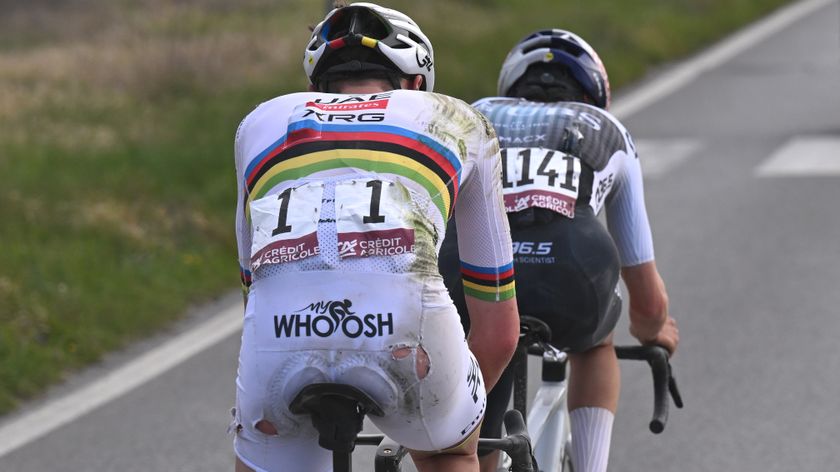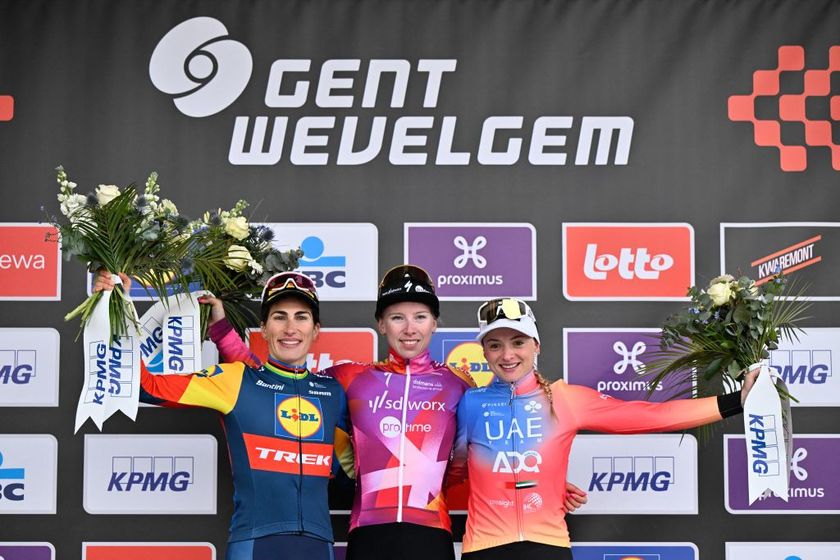Preview: Puy Mary summit finish expected to inspire a Bernal-Roglic battle for yellow at Tour de France
191km stage through the Massif Central packed with 4400m of climbing
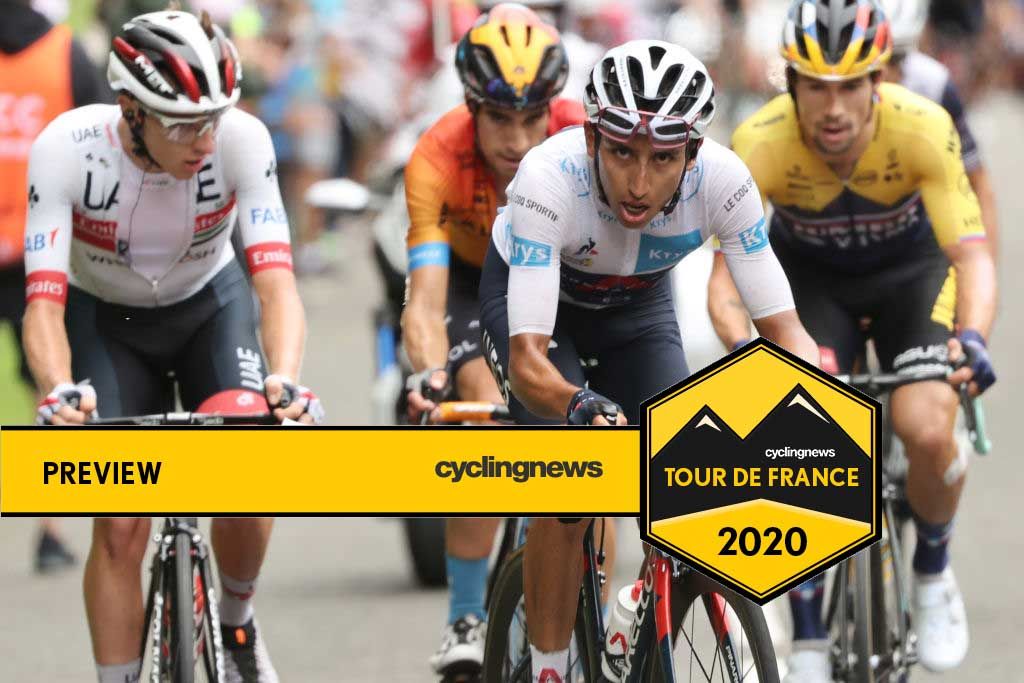
The Tour de France overall contenders return to the spotlight on Friday’s stage 13 after three days of solo attacks, sprints, elbows and polemics, with Primož Roglič (Jumbo-Visma) and Egan Bernal (Ineos Grenadiers) expected to face off on the steep slopes of the Puy Mary in the heart of the rugged and exposed Massif Central.
With Bernal just 21 seconds from the yellow jersey and six other riders still within one minute of Roglič, the overall classification is still wide open. The Puy Mary could and should change that, revealing who will enter the final week and the Alps as a true contender for overall victory.
Bernal and Ineos have been playing a waiting game but reports from within the team suggest the Colombian climber has said his race will begin in the Massif Central. The Puy Mary (5.4km at 8.1 per cent) is perhaps better suited to his pure climber’s physique than Roglič’s raw power, and so Bernal may finally put his cards on the table.
"It's a hard stage, with steep climbs and so it will affect the GC," Bernal warned after stage 12.
"We have seen the stage. We did the recon. The last two kilometres are really steep and really hard. We need to arrive there as fresh as we can and try to do our best because for sure there will be a time difference."
Roglič was more laid back, true to his character, but he is aware it will be a decisive day in the 2020 Tour de France.
"I don't know it, I've never been there but we'll see what happens. We can definitely expect a fight and some real racing at the end up to the finish. Hopefully we just continue riding like this with the whole team but now there's a new challenge in front of us," Roglič said.
Get The Leadout Newsletter
The latest race content, interviews, features, reviews and expert buying guides, direct to your inbox!
If Bernal and Roglič focus too much on each other, then Tadej Pogačar (UAE Team Emirates) will surely try to take advantage, just as he did on stage 9 in the Pyrenees.
He is 44 seconds down on his fellow Slovenian Roglič but there are time bonuses of 8, 5 and 2 seconds on offer atop the Col de Neronne with just 11km to race, offering him a tasty reason for an early attack. There are also 10-, 6- and 4-second time bonuses on offer at the finish, meaning being aggressive and fast in a finish can pay off big time.
Guillaume Martin (Cofidis) will perhaps ride more defensively to defend his third place overall but the likes of Mikel Landa (Bahrain McLaren), Nairo Quintana (Arkea Samsic), Rigoberto Urán (EF Pro Cycling) could also move on the Col de Neronne climb in the hope of exposing their rivals and then gain significant time on the subsequent Puy Mary finish.

A hard day out through the Massif Central
After stage 4 up to Orcières-Merlette and stage 6 to Mont Aigoual, Tour route designer Thierry Gouvenou has opted for another original and testing mountain finish in the Massif Central.
The Tour de France has climbed into the sparse mountains and plateau of central France many times and climbed the Puy Mary ten times before, but a stage has never finished at the summit of the Pas de Peyrol (the official name for the climb), in the heart of the extinct volcanoes of the Auvergne.
The climb to the line is relatively short, at 5.4km, but it is extremely steep, with 3km at 5 per cent while the gradient averages 12.95 per cent for the last 2km.
The late double-digit gradients come after a terrible 191km of racing on country roads in the Massif Central, with seven categorised mountain ascents spread along the route and a total of 4,400 metres of climbing – the biggest elevation gain on any one day of the 2020 Tour.
The fight to get in the break of the day will probably start when the flag drops outside Chatel-Guyon. Some riders will be looking to win the stage Marc Hirschi-style, while the GC teams will perhaps try to place key domestiques in the move to get up the road and offer key support to their leaders later.
It could also be a key stage for the King of the Mountains competition, with the seven categorised climbs offering a sizeable haul of points. Benoît Cosnefroy (AG2R La Mondiale) is still covered head to toe in red polka dots, and he leads his closest rival and teammate Nans Peters by five points. Friday will reveal if there are any other serious pretenders to the crown of best climber.
Jumbo-Visma are likely to prefer to ride united on the front of the peloton to defend Roglic’s yellow jersey and show their combined force. However, with Ineos lacking the same muscle and morale, it would not be a surprise to see them send Pavel Sivakov or Dylan van Baarle into the break, as they try to innovate their team strategy in the face of Jumbo-Visma’s superiority.
If the break does not form from the start, it will surely go away on the category 1 Col de Ceyssat climb after 36km.
The climb takes the race up to an altitude of 1,000 metres and the road then dips and climbs for the rest of the day. There are 130km of roller coaster racing and constant suffering, with a series of minor, non-categorised climbs spread between four other category 2 and 3 climbs.
The finale of the stage starts with the Col de Neronne with 15km to go. It is a second category climb because it is only 3.8km long but it has an hors categorie gradient of over 9 per cent.
If Roglič and Bernal don't move here, somebody else surely will, to try to win the stage, to gain time, expose their rivals’ weaknesses and distance those better placed above them in the GC.
The Col de Neronne tops out with 11km to race, with a 4km plateau and a 2km descent to the foot of the 1,589-metre high Puy Mary.
The category 1 climb to the finish is officially 5.4km long, and it is the final 2.5km or so that will expose the real Tour de France climbing hierarchy. There is nowhere to hide when the gradient goes into double digits and time gaps will open quickly even if gaps on the road are a matter of metres.
This first summit finish at Puy Mary will only cement its place in Tour history. Richard Virenque and Thomas Voeckler crossed the summit first in 2004 and 2011 respectively, Virenque en route to the mountains jersey and Voeckler about to take the yellow. In 1963, Federico Bahamontes was first to the top but could do little to stop Jacques Anquetil winning his fourth of five overall victories. On the last visit in 2016, Thomas de Gendt was first over the summit but Greg van Avermaet went on to win the stage in Le Lioran.
That stage was a day for the baroudeurs. Friday’s summit finish and steep final climb will surely inspire a GC battle.

Stephen is one of the most experienced member of the Cyclingnews team, having reported on professional cycling since 1994. He has been Head of News at Cyclingnews since 2022, before which he held the position of European editor since 2012 and previously worked for Reuters, Shift Active Media, and CyclingWeekly, among other publications.
